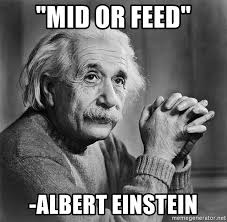Game theory, as we have been studying, is a great way to help you choose the best options when playing any sort of game that fits under the conditions of game theory. However, how could we teach AI this concept in order to help AI understand games better?
Developers have already worked with implementing game theory into a specific type of game AI called “GANs”. These are AI setups that consist of two nerual networks: a generator and a discriminator. The generator creates random game states, and then the discriminator decides whether or not if it could be true.
Generally, these AIs use what is called a “neural network”. These are AIs that develop themselves by mimicking human evolution. You define a reward, as we would as game theory specifies for any given game, and let it go at it. It will compare the reward it achieved between two iterations, and discard the one that scored lower. Using this and giving it plenty of time, it will learn how to play games!
By setting these two neural network setups in a GAN to compete with each other, they will eventually through time end up finding a Nash Equilibrium between each other after a while of competition.
There is a certain AI program that uses this, called Libratus, which was developed to play poker. Libratus managed to defeat several of the top poker players by using game theory!
Furthermore, it is being considered to take these kinds of AI to apply game theory and neural networks to the real world. Although, this could be disastrous if the AI is poor. We must make the utmost caution to make the best AI possible if we are to take this further into the real world!

AI is masterful when we teach concepts to it correctly. By teaching it game theory correctly, it is scary how good at games AI can become.
Source: https://www.analyticsvidhya.com/blog/2019/11/game-theory-ai/

